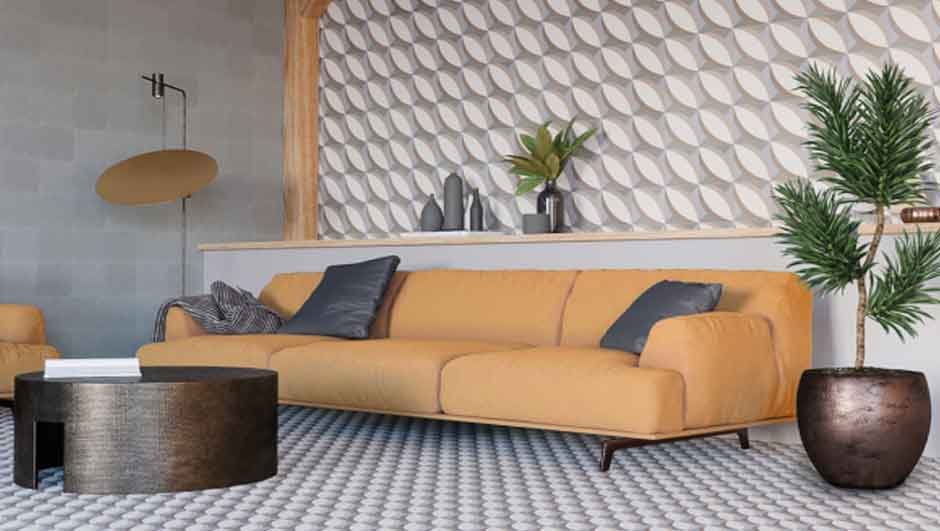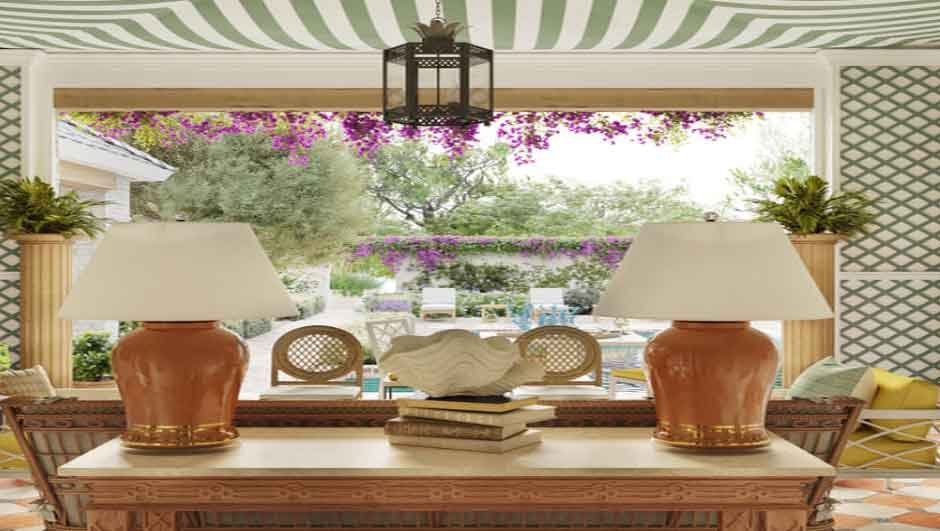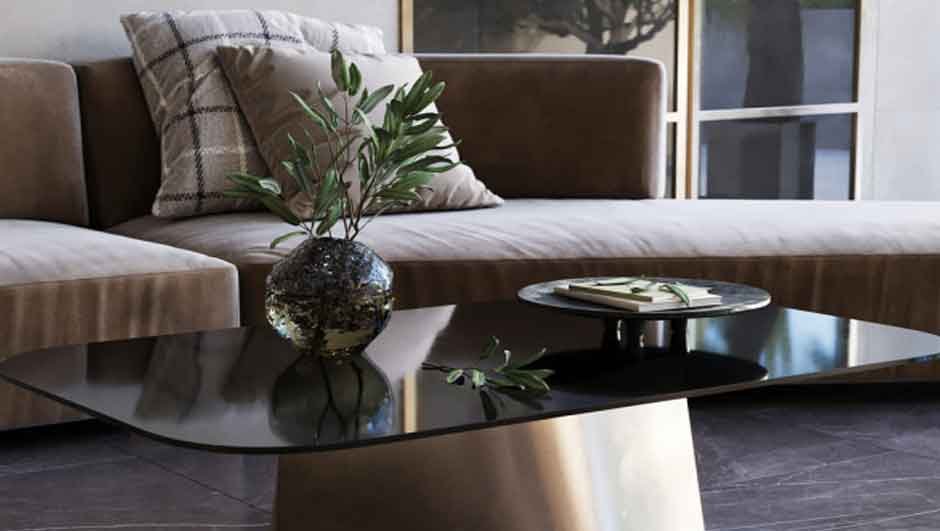Interior design rendering is the bridge between imagination and reality. The art of transforming ideas and concepts into vivid, visual representations allows designers and clients to see the final result before a single nail is hammered or a tile is laid. In this article, we will delve deep into the world of interior design rendering, exploring the tools and techniques that make it possible. From traditional methods to cutting-edge technologies, we’ll uncover the secrets behind creating stunning renderings that bring interior spaces to life. One of these technologies is video rendering, a powerful way of showcasing your design in motion and 3D. Video rendering can capture your space’s dynamics, atmosphere, and functionality in a way that static images can’t. You want to learn more about 3D rendering and how it can enhance your interior design project, you can visit YouSee Studio. This leading 3D rendering studio offers high-quality and affordable services for any type of interior design.
The Evolution of Interior Design Rendering
Before we jump into the tools and techniques of modern interior design rendering, let’s take a step back in time. The history of interior design rendering is rich and diverse, reflecting the advancements in art, technology, and design over the centuries.
From Pen and Paper to CAD: The Early Days
In the past, interior designers relied heavily on pen and paper to convey their ideas. These hand-drawn sketches and illustrations were impressive in their own right, showcasing the talent and creativity of designers. However, they often left a lot to the imagination of clients and lacked the precision needed for complex projects.
The Advent of Computer-Aided Design (CAD)
The introduction of Computer-Aided Design (CAD) revolutionized interior design rendering. It allowed designers to create accurate, to-scale drawings and layouts, enhancing efficiency and precision. CAD marked the beginning of the digital era in interior design, laying the groundwork for more sophisticated rendering techniques.
The Core Tools of Interior Design Rendering
Now, let’s focus on the fundamental tools that drive interior design rendering in the modern age. These digital marvels have not only streamlined the design process but have also elevated the quality of renderings to new heights.
1. 3D Modeling Software
At the heart of interior design rendering lies 3D modeling software. These robust programs enable designers to create three-dimensional digital representations of interior spaces. Some of the most popular 3D modeling software in the industry include:
- Autodesk 3ds Max: Known for its versatility, 3ds Max is widely used for architectural visualization and interior design rendering.
- SketchUp: SketchUp is renowned for its user-friendly interface and is extra favorite among beginners and professionals.
- Blender: An open-source software, offers robust 3D modeling capabilities and a passionate community.
2. Rendering Software
While 3D modeling software helps create a rendering structure, rendering software is responsible for transforming these models into lifelike images. Rendering software simulates lighting, materials, and textures to produce realistic visuals. Some leading rendering software solutions are:
- V-Ray: It is a top choice for its realism and ability to integrate seamlessly with various 3D modeling programs.
- Lumion:It’s known for its user-friendliness and real-time rendering capabilities, making it a favorite for quick design presentations.
- Enscape: Stands out for integrating with popular design software like Revit and SketchUp, offering real-time rendering and virtual reality (VR) experiences.
3. Graphic Processing Units (GPUs)
The rendering process can be incredibly demanding on computer hardware. High-quality, photorealistic renderings require substantial computational power. This is where Graphics Processing Units (GPUs) come into play. These specialized hardware components accelerate rendering tasks, significantly reducing the time needed to produce complex visuals.
4. Post-Processing Software
Even the most realistic renderings often undergo post-processing to enhance their visual impact. Post-processing software, like Adobe Photoshop and Lightroom, allows designers to fine-tune colors, contrast, and other elements, giving the final rendering a polished, professional look.
The Art of Crafting Photorealism
Creating photorealistic interior renderings is an art form in itself. It involves meticulous attention to detail and understanding the principles that make a space feel real and inviting. Let’s explore some essential techniques used by interior designers to achieve photorealism.
1. Materials and Textures

One of the secrets to photorealistic rendering is the careful selection and application of materials and textures. Designers use high-resolution textures to recreate real-world materials like wood, stone, fabric, and metal. These textures add depth and tactile realism to the rendering, making it feel like you could touch the surfaces.
2. Lighting

Lighting plays a pivotal role in creating photorealistic interior renderings. Designers meticulously craft the lighting within a scene, considering light sources’ direction, intensity, and color. Advanced rendering software allows for the simulation of natural lighting conditions, such as sunlight filtering through curtains or the warm glow of a bedside lamp.
3. Composition

Composition is another critical aspect of photorealism. Designers frame their renderings much like a photographer composes a shot. They carefully choose camera angles and perspectives that highlight the most captivating elements of the interior space. The composition guides the viewer’s eye, inviting them to explore the rendering as if they were touring a natural home.
4. Detailing

The devil is in the details, and this saying holds for interior design rendering. Small details like decorative objects, books on shelves, or the ripples in a glass of water on a table add realism to a rendering. These details breathe life into the scene, making it feel lived-in and inviting.
The Future of Interior Design Rendering: Blending Real and Virtual Worlds
As we step further into the 21st century, the world of interior design rendering is undergoing a remarkable transformation. Technological advancements are enhancing the quality and realism of renderings and changing the way designers, clients, and even the general public interact with interior spaces. In this section, we’ll explore the future of interior design rendering, where real and virtual worlds seamlessly blend.
High-Performance Hardware: Shaping the Future
1. The Role of GPUs
Graphics Processing Units (GPUs) have emerged as the unsung heroes of interior design rendering. These specialized hardware components are designed for rendering and manipulating images with lightning speed and precision. The demand for powerful GPUs has surged, causing software to become more sophisticated and capable of producing near-photorealistic visuals.
GPUs are not limited to professional workstations anymore. They are increasingly finding their way into consumer-grade computers, allowing interior designers to harness substantial rendering power without investing in expensive, specialized hardware. This democratization of GPU technology is opening new doors for designers and making high-quality rendering more accessible.
2. Cloud Rendering Services
The cloud is revolutionizing the way interior design rendering is approached. Cloud rendering services, such as those offered by Autodesk and Chaos Group, allow designers to offload the heavy lifting of rendering to remote servers. Even designers with modest hardware setups can produce stunning, high-quality renderings.
Cloud rendering also accelerates the rendering process. What might have taken hours or even days to render locally can now be completed in a fraction of the time. This speed and efficiency are invaluable for meeting tight project deadlines and making design iterations more fluid.
Virtual Reality (VR) and Augmented Reality (AR)
Interior design rendering is no longer confined to 2D images or 3D models on a computer screen. The advent of Virtual Reality (VR) and Augmented Reality (AR) has ushered in a new era of immersive design experiences.
1. Virtual Reality (VR)
VR allows designers and clients to step inside their renderings and explore spaces as if they were physically present. Designers can create VR tours of interiors, enabling clients to walk through rooms, examine details, and get a true sense of scale and proportion. This level of immersion enhances communication between designers and clients, ensuring everyone is on the same page.
Moreover, VR is not limited to the design phase. It has applications in marketing and sales, where potential buyers or renters can virtually tour properties before they are even built. Real estate developers and agents increasingly leverage VR to showcase properties, offering immersive, interactive experiences to prospective clients.
2. Augmented Reality (AR)
While VR transports users to entirely virtual environments, Augmented Reality (AR) overlays digital elements onto the real world. AR apps and devices, like smartphones and smart glasses, allow designers to superimpose renderings onto physical spaces. This is particularly useful for on-site design consultations.
Imagine an interior designer visiting a client’s home with AR glasses. They can instantly visualize and adjust design elements in real-time. Want to see how a different paint color would look on the walls? AR can make it happen. This level of interactivity fosters collaboration and empowers clients to make informed decisions.
Sustainability and Eco-Friendly Rendering
The future of interior design rendering is not just about technology; it’s also about sustainability and eco-conscious practices. Designers are increasingly aware of their environmental impact, which extends to rendering techniques.
1. Energy-Efficient Rendering
Rendering can be computationally intensive, requiring substantial amounts of electricity. As sustainability becomes a top priority, designers are exploring energy-efficient rendering options. This includes optimizing rendering settings to reduce power consumption and utilizing green data centers for cloud rendering.
2. Eco-Friendly Materials and Textures
In the quest for photorealism, designers often use high-resolution textures that mimic real-world materials. However, these textures can be significant in size and memory-intensive. Forward-thinking designers are developing eco-friendly materials and textures that maintain quality while being environmentally responsible.
Conclusion: The Ever-Evolving Canvas of Interior Design Rendering
Interior design rendering is a dynamic field that continues to evolve alongside technology, design trends, and environmental concerns. What was once a niche practice has become an essential tool for interior designers, architects, and real estate professionals.
As we look to the future, the lines between the physical and virtual worlds will continue to blur. High-performance hardware, cloud rendering, VR, and AR are reshaping how we conceive, design, and experience interior spaces. Sustainability will play an increasingly vital role, ensuring that our creative endeavors positively impact the planet.
In this ever-evolving canvas of interior design rendering, one thing remains constant: the artistry and imagination of designers who turn dreams into photorealistic realities.
The tools, techniques, and technologies we’ve explored in this article are just the beginning. As interior design rendering marches forward, who knows what innovations lie ahead? One thing is for sure: the journey from sketch to reality will only become more exciting and immersive.






